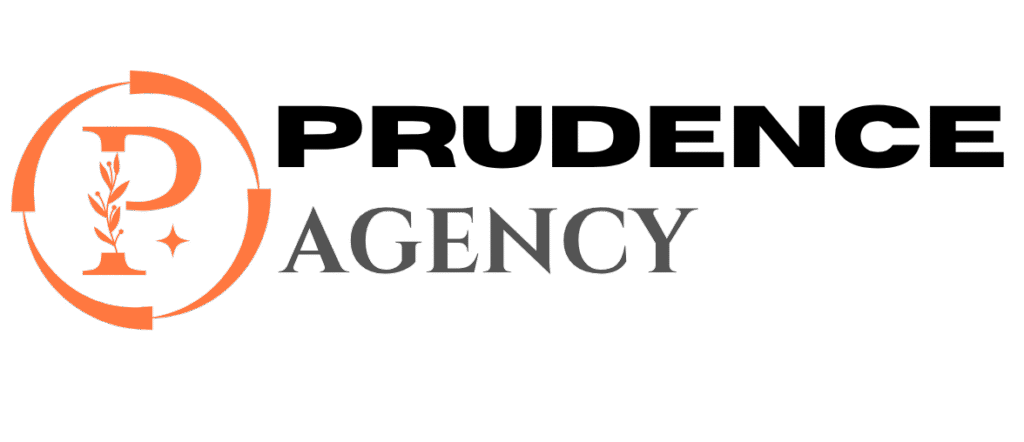How to Monetize Your Custom Game or Server: Ultimate Guide 2024
Creating a custom game or running a personal server is a fantastic achievement. But how do you turn that passion project into a sustainable source of income? Whether you’re managing a Minecraft server, an indie multiplayer game, or a custom modded environment, monetizing your game or server requires a smart, player-friendly approach. This comprehensive guide will walk you through the best strategies, practical tips, and pitfalls to avoid – helping you maximize revenue without compromising player experience.
Why Monetize Your Custom Game or Server?
Before diving into monetization tactics, it’s important to understand why monetization matters and the benefits it brings to your project.
- Sustainability: Cover hosting fees, development costs, and ongoing maintenance.
- Growth: Fund new features, content, and marketing to attract more players.
- Community Support: Reward loyal players with exclusive perks while enhancing the overall experience.
- Professionalism: Turn your hobby into a legitimate business or career path.
Legal Considerations and Platform Policies
Before monetizing, always:
- Review the game or platform’s terms of service. Some platforms, like Minecraft or Unity, have clear rules about monetization.
- Check local laws concerning digital sales, taxes, and virtual goods commerce.
- Avoid pay-to-win mechanics that alienate your player base and could breach platform policies.
Top Proven Methods to Monetize Your Custom Game or Server
Here are the most effective and popular ways to generate revenue from your game or server, crafted to keep players happy and engaged.
1. In-Game Purchases and Microtransactions
Offering optional in-game purchases is one of the most popular ways to monetize. These can include:
- Cosmetic items (skins, pets, avatars)
- Boosters (XP multipliers, resource packs)
- Exclusive content (maps, levels, storylines)
- Virtual currency sales
Important tip: Avoid pay-to-win mechanics. Instead, focus on cosmetic or convenience-driven items to keep balance.
2. Subscription Models & VIP Memberships
Implementing a subscription or VIP membership plan can create stable monthly income while rewarding loyal players:
- Exclusive access to special servers or game modes
- Priority queue access
- Monthly in-game credit allowances
- Unique cosmetic rewards
3. Advertisements and Sponsorships
Advertising can be lucrative if done tastefully:
- In-game ads that don’t interrupt gameplay (billboards, banners)
- Sponsorship deals with gaming brands
- Affiliate marketing links related to gaming gear
Pro tip: Make sure ads don’t degrade the player experience-consider rewarded ads or opt-in viewing.
4. Donations and Crowdfunding Campaigns
Many communities rely on user donations or platforms like Patreon to get support:
- Set up donation options with rewards (thank you credits, special titles)
- Use crowdfunding to fund new updates or expansions
- Offer early access or beta testing to backers
5. Selling Game Assets & Merchandising
If your game or server has unique branding or assets, consider selling:
- Digital assets like soundtracks, art packs, or mods
- Physical merchandise – t-shirts, posters, collectibles
Comparison of Monetization Methods
| Method | Pros | Cons | Best For |
|---|---|---|---|
| In-Game Purchases | High revenue potential, recurrent sales | Risk of pay-to-win backlash | Games with rich customization |
| Subscription | Stable revenue, loyal user base | Hard to convince users to commit | Servers with exclusive content |
| Advertisements | Passive income, easy setup | Can annoy players if overused | Free-to-play games with large audiences |
| Donations | Good for community engagement | Unpredictable income | Small communities, indie projects |
| Merchandising | Builds brand, alternative income | Requires upfront investment | Popular custom games with strong communities |
Practical Tips for Effective Monetization
- Engage regularly with your community: Listen to feedback and offer transparency about monetization strategies.
- Balance monetization with fairness: Ensure paying users don’t dominate or alienate free players.
- Keep content fresh: Regular updates encourage spending and renew interest.
- Optimize user experience: Make transactions easy and secure.
- Use analytics: Track player behavior to fine-tune offers and maximize conversions.
Case Study: How One Custom Minecraft Server Increased Revenue by 300%
“PixelCraft” is a custom Minecraft server that used a mixed monetization approach to boost revenue effectively:
- Introduced VIP memberships with exclusive cosmetics and priority access.
- Implemented a virtual currency shop for skins and boosters.
- Launched monthly community events sponsored by gaming companies with non-intrusive ads.
- Offered physical merchandise like hats and mugs featuring their custom art.
Within one year, PixelCraft’s net revenue grew by 300%, all while maintaining an active and satisfied player base-a perfect example of combining different strategies.
Final Thoughts: Making Monetization Work for You and Your Players
Monetizing your custom game or server is both an art and a science. A well-crafted revenue strategy balances your financial goals with player satisfaction. Remember that authenticity, fairness, and continuous improvement build the foundation for long-term success. By using the techniques outlined here and adapting them to your unique community, you can create a thriving project that pays off – both creatively and financially.
Start small, listen often, and iterate constantly. Your game or server’s monetization journey is a marathon, not a sprint.











